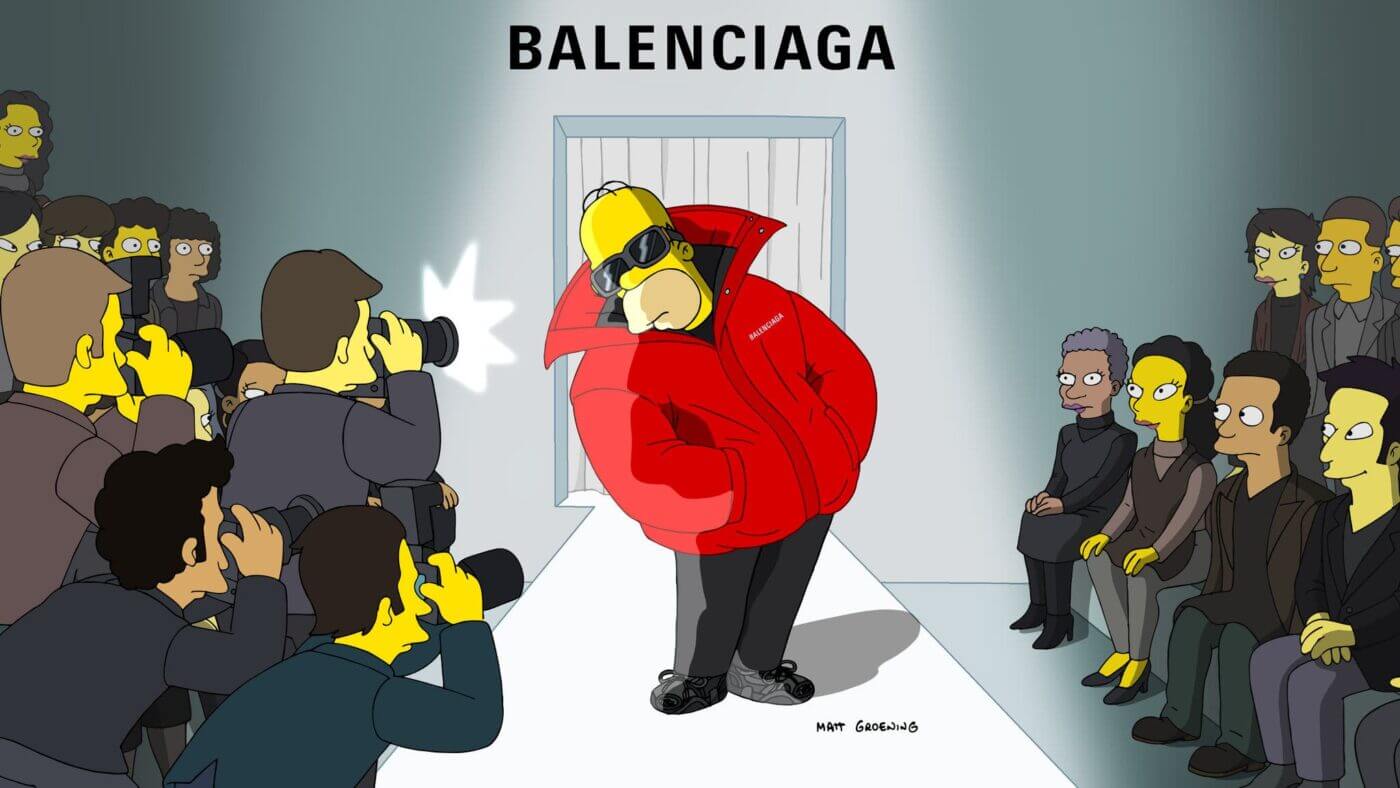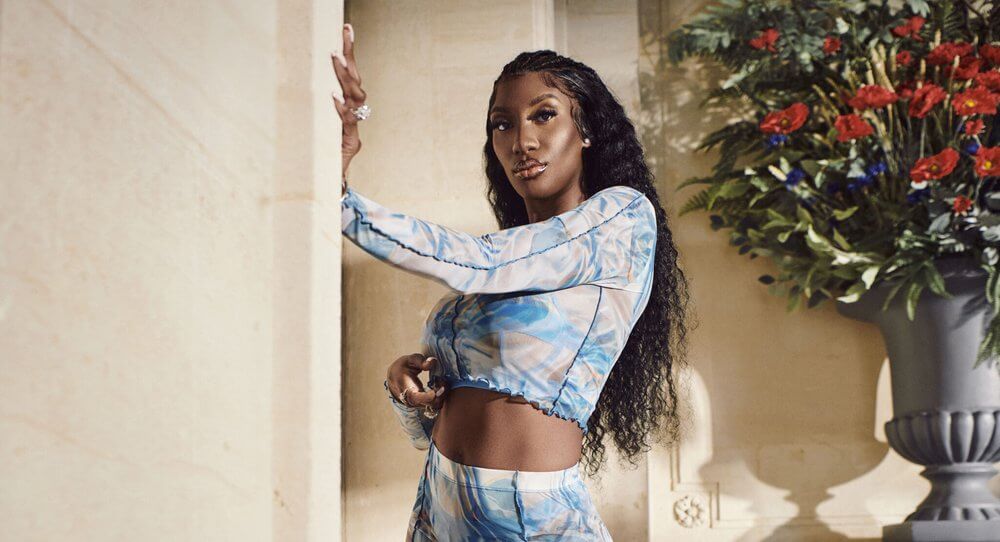
(RE)THINK FASHION 2022 – A conversation with Marie Dupin, NellyRodi’s Business Director
InterviewsI) Like many other sectors, fashion was truly upended by the health crisis and now seems to be undergoing a deep-seated transformation. Some professionals were hit very hard, but the crisis also benefited others who are now more powerful than ever. Can you tell us more about this?
COVID-19 brought considerable change to the face of fashion. This worldwide timeout made many people better informed and more aware of the industry’s environmental, human and social impact. Numerous scandals caused great damage to the reputation of fashion, which had already been tagged as the world’s second most polluting industry. Consumers want to buy less, better or differently, and they’re turning to brands with a social agenda. Businesses with a mission or those who show their transparency or social or environmental responsibility have become extremely desirable to a certain number of consumers.
Conversely, the pandemic has given even more power to the brands and pure players who pick up on the trends faster than ever and are still putting products at low prices on the market. An example is Shein, the ready-to-wear leader in France for the first quarter.
So we’re witnessing a polarization of a sector that swings between a frantic pace and slowing down, between pleasure and responsibility, between fast and slow. These seeming contradictions are a reflection of our society: complex, multi-facetted and constantly changing.
It’s undeniable that CSR is now a top priority for the sector. But let’s not forget that fashion also needs to keep an element of dreams, frivolity and fun. This transformation of the playing field and this evolution of consumers’ expectations are wonderful opportunities for brands to innovate, be transformed, go hybrid, express themselves, break the codes and have a good time.
II) You spoke about the transformation of the industry. How much has digital technology and especially social media accelerated these changes?
Social media has had a colossal impact on the fashion system. Not only has it forced brands to completely reconsider how they interact with their clients, it has opened up the public’s access to fashion and luxury brands. Now those brands have to be cooler and more desirable for the generations that are eager for the next new thing and for content. For these consumers, a brand’s attractivity lies, above all, in its ability to embrace the era and pop culture.
The latest Balenciaga show included a broadcast of a Simpsons episode, Gucci continues to move into the gaming world, Balmain is launching a TV series, Galeries Lafayette now carries Kim Kardashian’s Skims brand and Undiz created a capsule collection with Aya Nakamura. All these signs show that the borders between fashion, pop culture and the influencer phenomenon are less and less distinct.
These new influences and this new generation are bringing both modernity and freshness to the fashion industry. The esthetic codes have changed, and brands, big labels and fast fashion must reposition themselves to meet those demands. It’s a brand new game for the industry’s players.


III) The new (Re)Think Fashion study is about to be released. What do you think the major topics and challenges for fashion brands will be over the next five years?
- Their digital and technological transformation
We just talked about this: social media is a great creative arena for brands, but it has also become a fantastic source of inspiration for designing collections.
Using digital technology as a distribution channel is obviously nonnegotiable, and taking advantage of its growing power was an absolute priority for brands during the pandemic. Even so, digitalization in the sector is only just beginning, and now is the time to get involved with two related issues:
- Applying digital and technological transformations throughout the entire value chain, from the conception of products to their production to their marketing and distribution. 3D design, NFTs, the blockchain, livestreaming, manufacturing on demand and storytelling for collections are subjects we look at in this new study as well as
- How this digital and technological transformation impacts organization, professions and calendars.
- Going international
For fashion, the potential of doing business on an international scale is extremely important. A brand’s business growth is directly tied to its international presence, in the Chinese and US markets, of course, but also in India and Africa, which are future growth markets.
A priority for brands is to understand these countries’ consumers, their expectations, their lifestyles and how they consume in order to reach them while still maintaining a coherent DNA and without altering the brand. Brands need to adapt to the different profiles in the different markets without losing their identity.
- Their raison d’être
Just like the digital challenges, the sector’s CSR transformation will be one of the main issues in coming years. Here again, it’s about a profound transformation affecting all of a business’s services. But before rushing blindly forward, brands need to asks themselves some fundamental questions about why they exist; the human, social and environmental concerns they want include in their mid- and long-term strategies; and, of course, their consumers’ thought processes.
Don’t miss the (Re)Think Fashion 22 presentation on 9 November at the NellyRodi offices for a complete analysis of the different challenges for fashion now and in the future.



